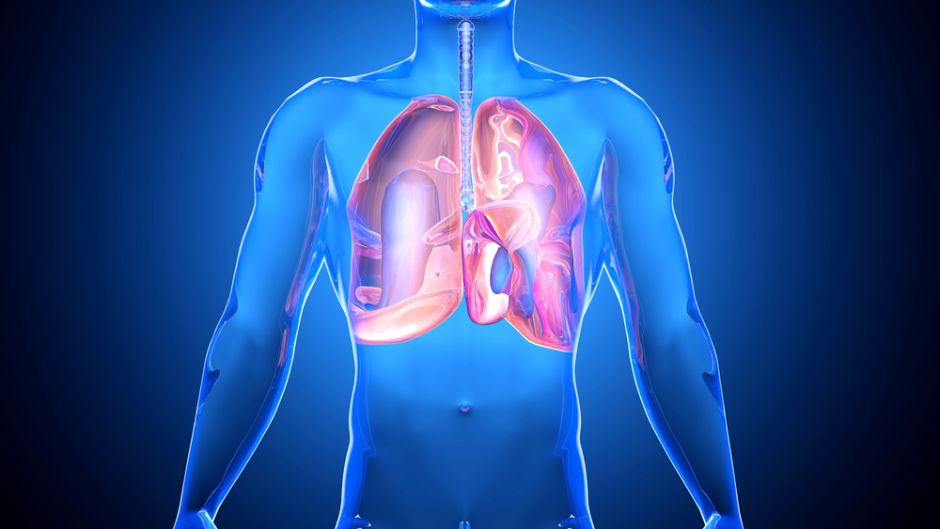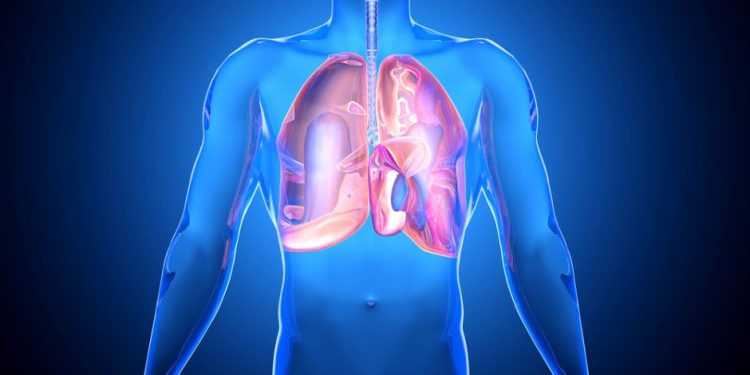A diagnosis of stage 4 lung cancer is often life-altering. The cancer has spread beyond the lungs and it is no longer curable. However, there are many treatment options aimed at improving quality of life and prolonging survival that have been developed in the last few years. Patients with this type of cancer are now living longer than ever before. In addition to the latest treatments, palliative care can help manage symptoms and improve comfort.
The survival rates of people with a certain cancer at a particular stage are often reported as five-year relative survival rates. These rates take into account the percentage of people who live for at least five years after they are diagnosed with cancer and have finished all treatment. This can help give an indication of the chances that a person may survive, but it is important to remember that every individual is different. These rates also do not take into account any new treatments that may be available to a person once they are diagnosed.
In stage 4, the cancer has spread to lymph nodes in other parts of the chest, other organs in the body, or to the brain. The majority of people with lung cancer are diagnosed in this stage of the disease and they have advanced non-small cell lung cancer (NSCLC). In this article, we discuss the survival rates for NSCLC at stage 4.

Stage 4 Lung Cancer: Is There Hope?
While the prognosis for lung cancer at this stage is poor, it is not insurmountable. Several factors can improve the chance that someone will live longer after a stage 4 lung cancer diagnosis, including a healthy lifestyle, quitting smoking, age and genetic mutations. It is also possible to extend survival even further with treatment, such as immunotherapy, chemotherapies and radiation.
A doctor can determine whether or not a patient is in stage 4 by performing diagnostic tests. Typically, these include imaging procedures such as a computed tomography (CT) scan or magnetic resonance imaging (MRI), as well as blood tests to measure levels of certain proteins. These tests can indicate whether a patient’s body is able to fight off the cancer or if it has already spread beyond the lungs.
During stage 4, doctors usually treat the patient with chemotherapy. This treatment can reduce the size of tumors and help relieve symptoms. It is often combined with surgery and radiation therapy. The type of chemotherapy used depends on a number of factors, such as the underlying cause of the lung cancer and a person’s ECOG (Eastern Cooperative Oncology Group) performance status.
In this stage, patients with NSCLC may benefit from tyrosine kinase inhibitor target therapy or epidermal growth factor receptor (EGFR) inhibitors to reduce the likelihood of resistance. In addition to standard first-line chemotherapy, these agents can prolong survival for a few more months, especially in EGFR-mutation positive NSCLC patients. However, they do not improve survival in a significant number of patients with metastatic stage IV NSCLC.









